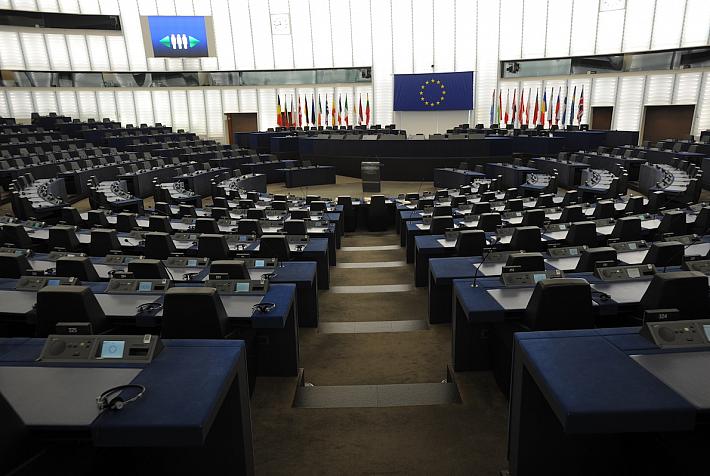European Commission clears Romania’s 7-year fiscal consolidation plan

Romania should prepare a report, building on the World Bank report on taxation prepared under the Resilience Plan PNRR (milestone 205), establishing two scenarios for the tax reform, with fully specified measures by April 1, 2025, according to the set of reforms and investments that underpins an extension of the adjustment period to 7 years for Romania endorsed by the European Commission under the European Semester on November 26.
Measures should cover all areas of taxation and social contributions.
Implementation and entry into force of the measures should be done by April 1, 2025, at the latest, according to the Recommendations published by the European Commission.
The deadline looks tight in the context of the political turmoil expected after the December 1 parliamentary elections. Furthermore, the would-be political majority inherits a plan designed by the outgoing ruling majority.
The grand coalition of the Social Democrats (PSD) and Liberals (PNL), broadly assumed to stay in office and come up with a fiscal corrective plan, disintegrated after the first round of the presidential elections (when the leaders of the two parties received weak scores) and the optimistic scenario envisages the formation of a centre-right ruling majority around the Save Romania Union (USR) and Liberal Party – a scenario that still depends on the outcome of the December 1 parliamentary elections and the second round of the presidential elections on December 8.
Under the pessimistic scenario, a prolonged political crisis will complicate the design of the report on taxation expected by the European Commission by April 1.
Although the EC cleared the extension of Romania’s fiscal consolidation plan, typically designed to take up to five years, the markets’ reaction remains unpredictable. The political turmoil adds more uncertainty and a wider risk premium.
The president of the Fiscal Council Daniel Daianu, commenting at a conference in Budapest on Romania’s fiscal consolidation plan, warned that the financial markets could react negatively to the slow pace of reducing the fiscal deficit, Forbes.ro reported.
Romania has been in an excessive deficit procedure since April 2020.
The fiscal corrective trajectory is based on the trajectory of net expenditures that Romania has fixed in its medium-term plan. Under the plan, net expenditures should not rise more than 5.1% in 2025, when the general government budget deficit would decrease to 7% of GDP from 7.9% in 2024.
Under the Romanian government’s scenario, the public debt to GDP ratio would exceed 60% in 2027 and stay above 60% until the end of the 7-year period. However, more moderate fiscal deficits after the completion of the fiscal consolidation are expected to bring the country’s indebtedness to under 50% within the next ten years – specifically, to 47.9% in 2041.
iulian@romania-insider.com
(Photo source: Cosmin Iftode/Dreamstime.com)













